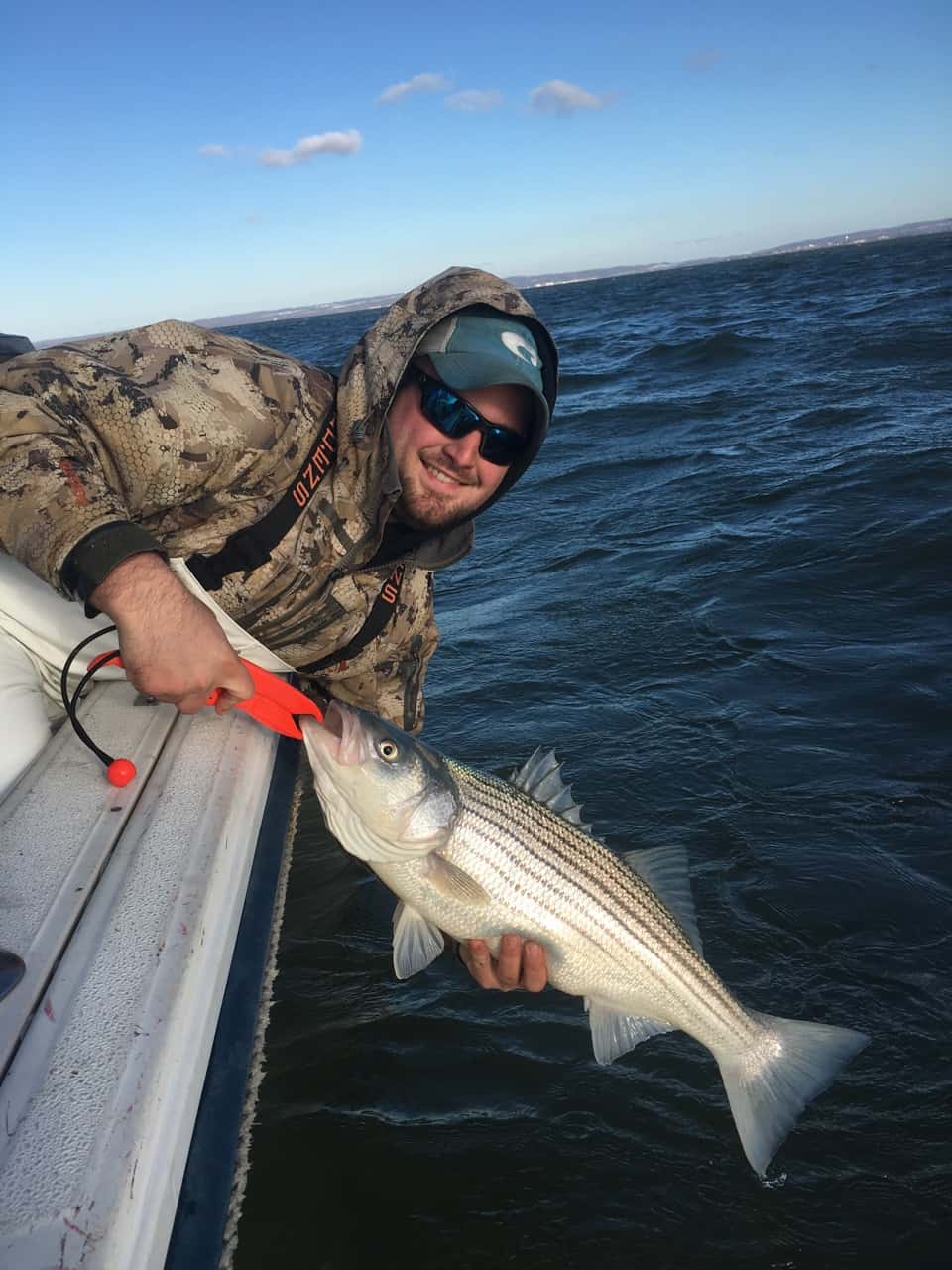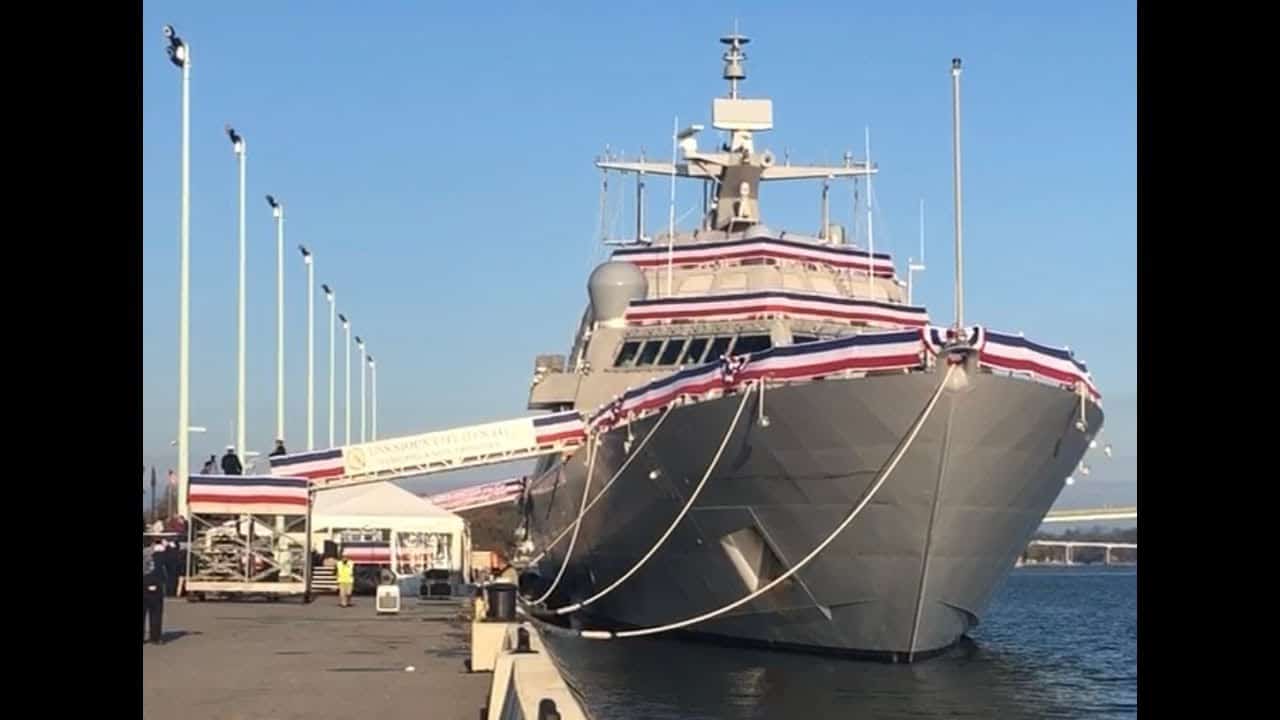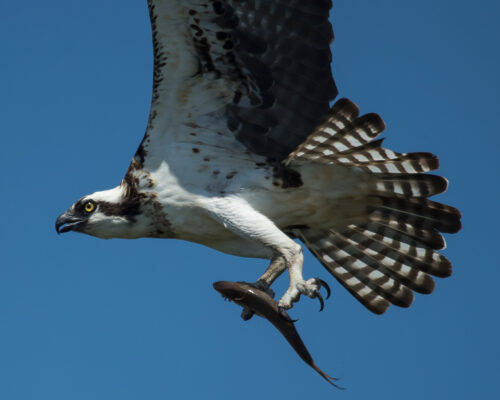Chesapeake outdoor guide Captain Chris Dollar brings up-to-date insight to the Bay Bulletin.
The most recent striped bass stock assessment paints a troublesome picture of a fishery in decline, requiring managers to take action to reverse the trend. (Photo by Captain Chris D. Dollar/CD Outdoors)At its winter meeting last week, the Atlantic States Marine Fisheries Commission (ASMFC), which oversees the management of 27 nearshore fish species that are shared by Atlantic coastal states, presented the most recent striped bass stock assessment based on new data and a new computer model. Unfortunately, the report paints a troublesome picture of a fishery in decline. Perhaps the most worrisome aspect of the report is that the spawning stock biomass, which is an estimate of the number and size of reproductive-age females, has fallen below the threshold of a healthy fishery. The analysts also noted that the fishing mortality rate is too high to maintain the stock at the target level of abundance. In short, striped bass are being overfished relative to recent, disappointing reproductive results.
The bad news did not surprise most Bay anglers. From Love Point to Cape Charles and along the stripers’ coastal range, there has been a significant downturn in the size and quantity of rockfish in recent seasons. ASMFC officials presented the review with a note that it will not be official until after an essential peer review, which was stalled by the partial government shutdown. According to ASMFC spokeswoman Tina Berger, the final report could be released by the end of February. Recommended harvest reductions necessary to bring the stock up to target levels will certainly be considered at the ASMFC meeting in May. The harvest reduction strategy could include lowering bag limits and shortening seasons for both the coastal and Chesapeake Bay fisheries, often done in some combination to achieve the necessary conservation objectives. At the moment, it isn’t clear when the new rules would take effect, but no changes are expected for the 2019 Chesapeake spring trophy and summer seasons.
Meanwhile, a separate fisheries management organization, the Mid-Atlantic Fisheries Management Council, which is responsible for conservation and management of fisheries resources in federal waters outside of three miles from the Mid-Atlantic coast, is asking for public input as it develops a five-year strategic plan. The council is inviting stakeholders to share their opinions on how the Council has performed under its current strategic plan and what issues should be addressed in the 2020-2024 strategic plan.
The online survey (www.mafmc.org/strategic-plan), which takes about 15 minutes to complete, includes opportunities to comment on the council’s vision and mission as well as specific goals and objectives, which will guide management activities over the next five years. The survey will remain open through February 28. Responses are anonymous and will be aggregated for analysis and presentation.




